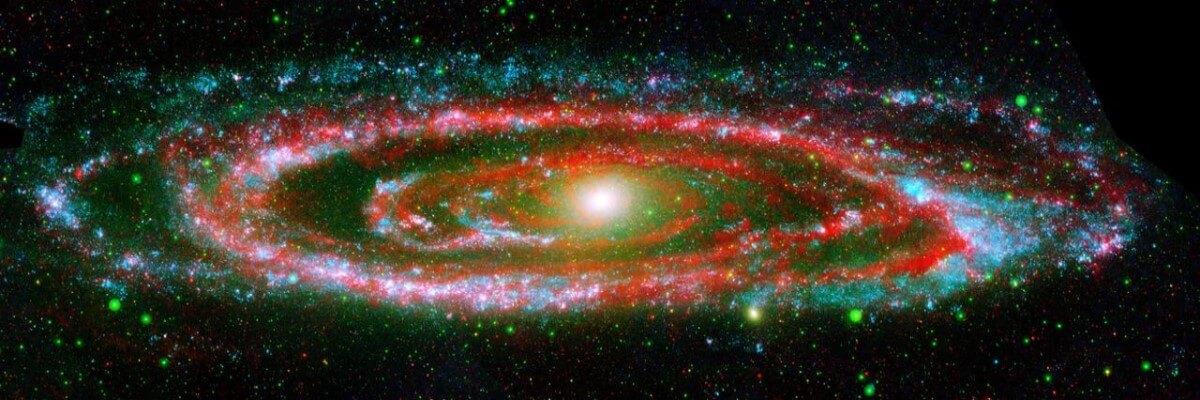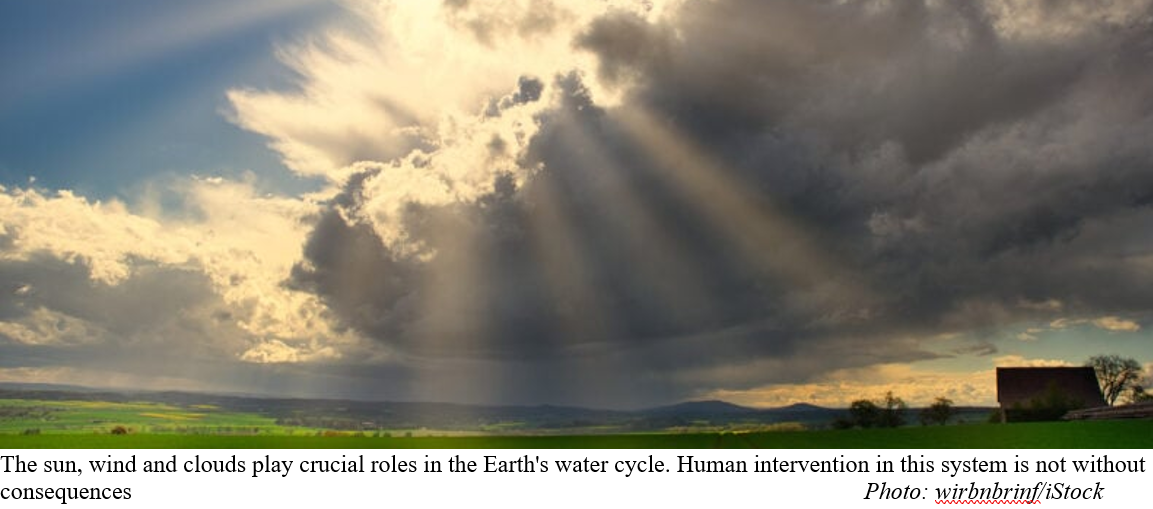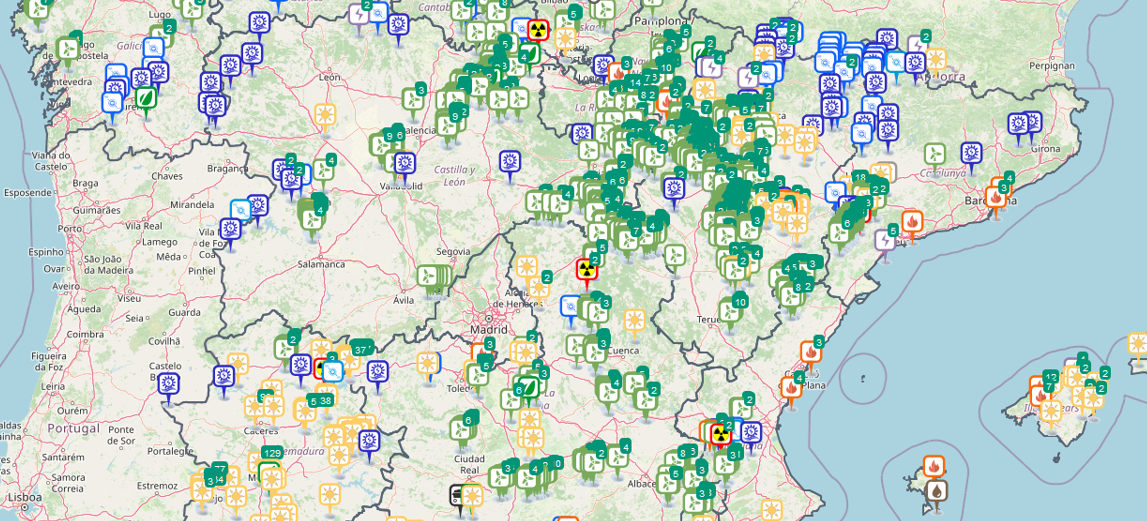
Humans and Change
Humans are creatures of habit. Change and constant adaptation do not come easily to us, which is why we often wish that the world around us would remain unchanged or stay the way we imagine it to be. But reality is different: our Earth is not solid. It could be compared to a plastic ‘modelling ball’ whose shape is constantly changing due to the gravitational force between the Moon and the Earth, as well as the Earth's rotation. Ebb and flow, along with daily weather changes resulting from the exchange of energy between the Sun, the Earth, and space, influence our everyday lives.
The Earth rotates once per day around its axis. At the equator, this corresponds to a speed of 1,662 km/h. We do not notice this because we are rotating at the same speed.
In addition, the Earth orbits the Sun once a year – at an average speed of around 107,600 km/h. And last but not least, our entire solar system orbits the centre of the Milky Way at about 960,000 km/h.
All in all, we are racing through the universe at more than a million kilometres per hour. Can we really speak of static conditions?
We must recognise that we live in a space-time system in which change is the only constant – and one that cannot be stopped by humans.
The following articles are intended to stimulate reflection, and I welcome your feedback. Click the headlines for download the files and to learn more.
March 2025
Hot air - an air act!
An often repeated narrative in connection with extreme rainfall is: "Warm air can absorb more water vapour, which increases the potential for heavy rainfall."

But is that really the case? Can something that sounds coherent and seems physically correct also be wrong?
This questions will be discussed below.
November 2024
Wind energy use - the greatest man-made climatic devil!
The correlation between energy extraction from the tropospheric system by wind turbines and extreme rainfall as currently in Spain and previously in France can be clearly demonstrated by simple statistical figures.

Simplified:
The extraction of energy from the wind slows the wind down. This disrupts the transportation of water vapor. Air contains gigantic amounts of water vapor. Wind farms act as barriers to horizontal wind flow. Some of the wind flow is deflected upwards, causing rainfall. Wind is comparable to flying rivers.
If this flow is disrupted or hindered, the water falls from the sky.
August 2024
Free yourself - from CO2
DOI: 10.13140/RG.2.2.32742.84808
Climate, climate, climate. Not a news item or a day goes by without constantly being reminded of the topic of climate and CO2. CO2 stands for carbon dioxide. Carbon occurs in nature both pure and chemically bound in a wide variety of forms. Carbon compounds form the molecular basis of all life on earth and are of fundamental importance for industrial processes, in organic chemistry and in biology.
Like the water cycle, the natural carbon cycle also has a vital function. Without the carbon cycle, there would be no life on earth, at least none as we know it. A highly sought-after form of pure carbon is the diamond ....

 DE
DE  EN
EN